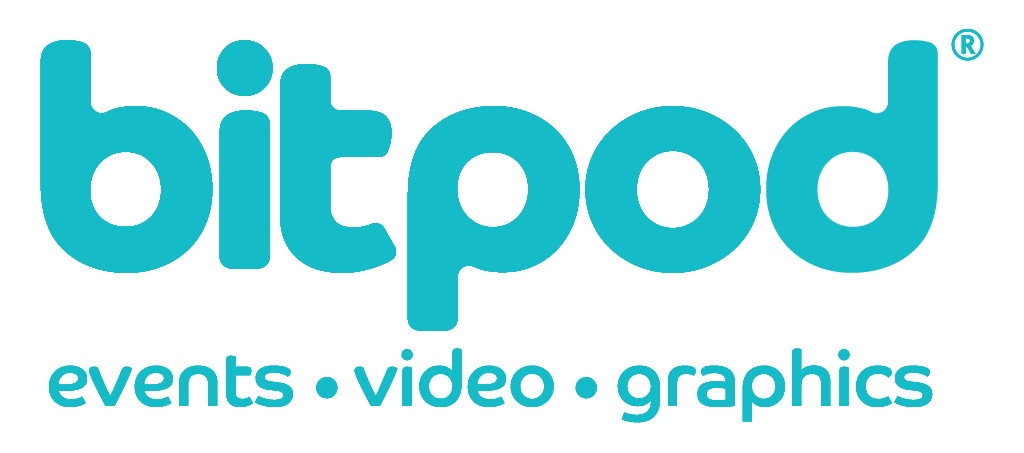What distinguishes a webinar from other online events?
How do presenters keep audiences engaged during webinars?
What’s the ideal duration for a webinar?
How can I promote my webinar to ensure a good turnout?
Can webinars be interactive?
How should presenters prepare for a webinar?
What platforms are popular for hosting webinars?
Can webinars be monetised?
How do I ensure the technical quality of my webinar?
What follow-up strategies can enhance the impact of a webinar?
Webinar FAQs
What distinguishes a webinar from other online events?
Webinars are primarily educational online seminars, focusing on sharing knowledge or skills. They’re typically more content-driven and structured than other online events, often featuring expert speakers who deliver presentations to an audience that’s primarily in listen-only mode, although interactivity can be incorporated.
How do presenters keep audiences engaged during webinars?
In the virtual world of webinars, maintaining audience interest is paramount. Successful engagement strategies include integrating interactive polls, fostering Q&A sessions, and using compelling visuals. Anecdotes, real-world examples, and storytelling can also humanise the content, making it more relatable and gripping for listeners.
What’s the ideal duration for a webinar?
While there’s no one-size-fits-all answer, webinars typically last between 30 minutes to an hour. This timeframe strikes a balance, allowing ample time to delve into topics while respecting attendees’ schedules and attention spans. Consideration of the content’s depth and the audience’s familiarity with the subject can guide duration decisions.
How can I promote my webinar to ensure a good turnout?
Promotion is crucial for webinar success. Employing a mix of email marketing, social media campaigns, and strategic partnerships can amplify reach. Offering incentives, like exclusive content or early bird registration benefits, can entice potential attendees. Also, highlighting the value or unique insights the webinar offers can boost registrations.
Can webinars be interactive?
Absolutely! While webinars are often presentation-centric, incorporating interactive elements can enhance the experience. Live chats, audience polls, and Q&A sessions not only boost engagement but also allow presenters to receive real-time feedback, tailoring content to the audience’s interests.
How should presenters prepare for a webinar?
Preparation is key to webinar efficacy. This involves rehearsing the content, ensuring a stable internet connection, and familiarising oneself with the platform’s tools. Engaging visuals, a clear script, and contingency plans for potential technical glitches can make the difference between a good and a great webinar.
What platforms are popular for hosting webinars?
The digital landscape offers a plethora of webinar platforms, each with its unique features. Popular choices include Zoom, GoToWebinar, and Webex, known for their reliability and array of interactive tools. The best platform often depends on the webinars specific needs, audience size, and desired features. Check out our online free guide to choosing the best platform.
Can webinars be monetised?
Yes, webinars can be a revenue stream. Organisers can charge registration fees, offer premium content for a price, or even secure sponsorship deals. Additionally, post-webinar, the recorded content can be repurposed and sold as on-demand resources, further capitalising on the initial effort.
How do I ensure the technical quality of my webinar?
Technical quality hinges on a blend of hardware, software, and connection stability. Using a good-quality microphone and camera can enhance audio-visual clarity. Running tech checks prior to the webinar, including sound, video, and platform functionalities, can preempt issues. Lastly, a wired internet connection, if possible, can offer more stability than Wi-Fi.
What follow-up strategies can enhance the impact of a webinar?
A webinars’ impact isn’t confined to its live broadcast. Post-event strategies like sending out thank-you emails, sharing recorded sessions, or providing additional resources can extend its reach. Collecting feedback through surveys can offer insights for future improvements, and creating a community space, like a forum or a dedicated chat group, can keep the conversation going.
